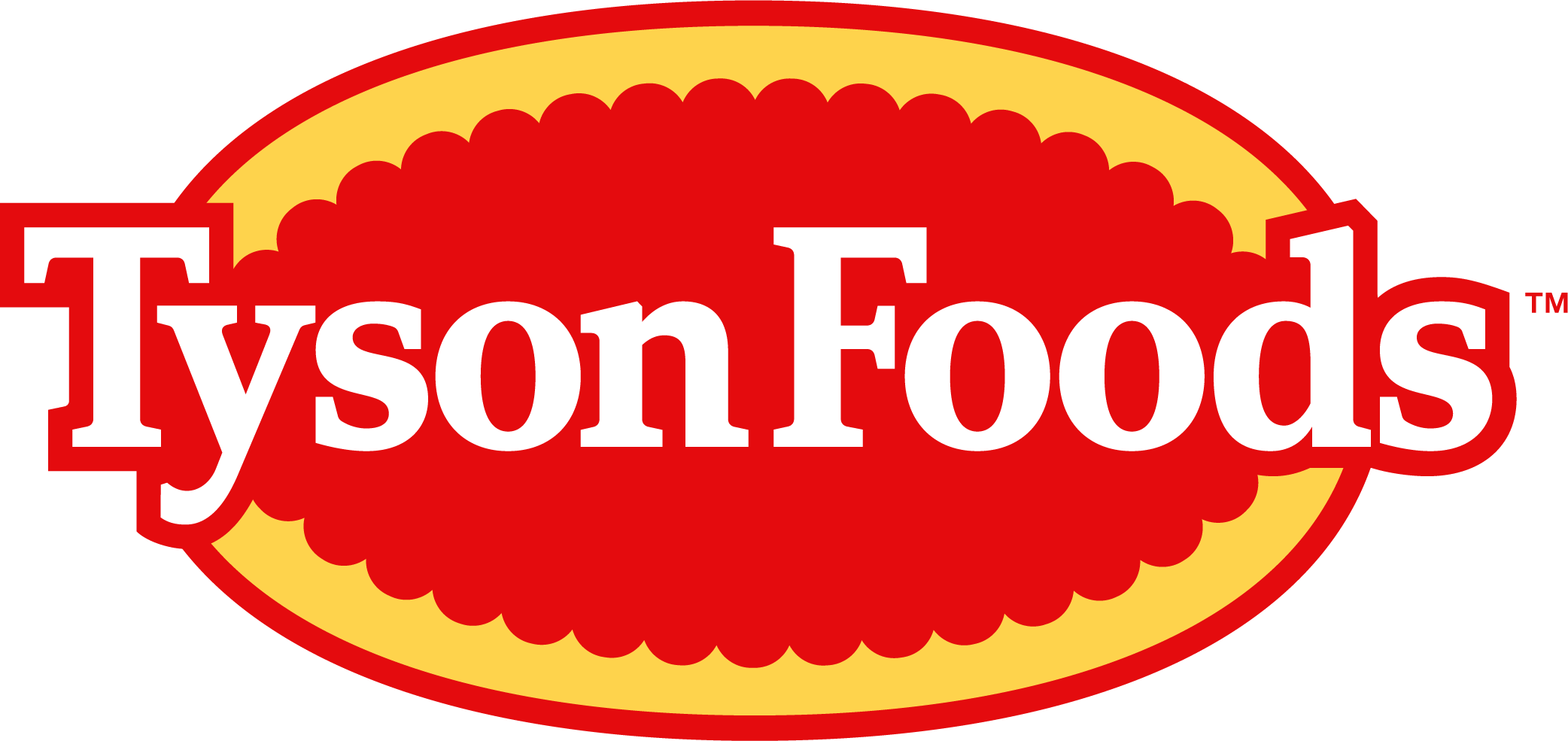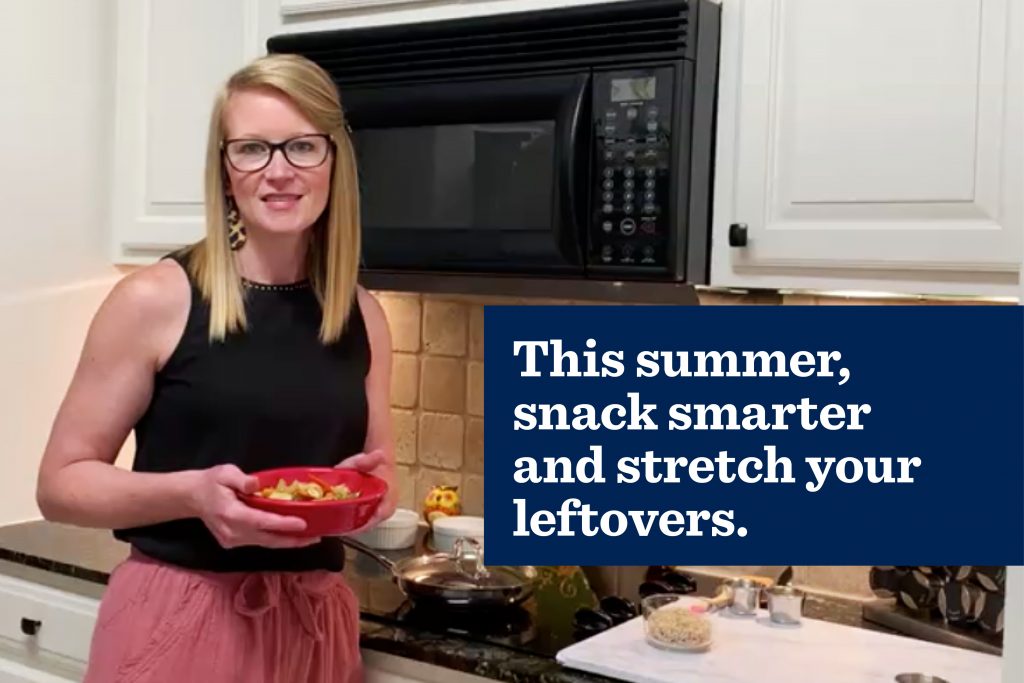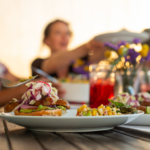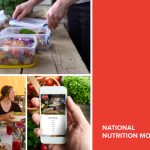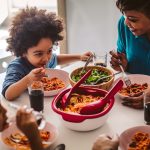Who would have ever thought we’d be looking at summer 2020 the way we are now? For many people across the country, community guidelines and stay-at-home restrictions are extending past the school year. Which means adapting to a new way of life is looking a lot more permanent.
As a mom and Tyson Foods dietitian, I’ve thought a lot about the way our food habits have changed since the beginning of COVID-19. I’ve had the pleasure (wink, wink) of sharing “office space” with my daughter over the last few months, and we’ve had to work through a snack schedule and finding ideas that are both healthy – and fun. These new habits we’ve established will continue now that she’s home for summer, and I’m hoping these tips will help others think about how to tackle this season and feed their family well, too.
Create a nutritious snack strategy
Most days, my 9-year-old finds her snack in the pantry or the refrigerator and moves on, but some days she ends up next to me saying something along the lines of “I’m hungry but nothing sounds good,” or “Mom, what can I eat?”
Snacks can be part of a healthy, balanced diet and are a great way to get kids the energy and nutrients they need. MyPlate offers a variety of tips for parents to help promote healthy habits.1 These include offering snacks that incorporate two or more food groups and keeping nutritious foods handy at home.
Making healthier choices easily accessible is a huge part of our snack strategy.
To put nutritious options at our fingertips, I add snack staples to our grocery list and spend a little bit of my Sunday afternoon creating quick grab-and-go fruits and vegetables and preparing protein options for the week. Here are a few of our favorite snack staples:
- Fruits: apples, applesauce, blueberries, grapes, strawberries, watermelon, raisins, dried apricots, and frozen blends of fruits.
- Tip: Applesauce, unsweetened canned fruit or fruit cups, and dried fruit are an easy shelf-stable option. Encourage different colors to add different nutrients!
- Vegetables: cucumbers, bell peppers, cherry tomatoes, snap peas, baby carrots
- Tip: Add hummus or salad dressing for dipping if your kids want a vehicle for their raw veggies.
- Grains: popcorn, whole grain crackers, whole grain cereal and granola bars
- A major source of added sugars in the diet is from snacks and sweets2. Be mindful of added sugars when picking out cereal and granola bars.
- Tip: Every 4 grams of sugar is equal to 1 teaspoon of sugar.
- Dairy: string cheese, sliced cheese, cubed cheese and yogurt
- Protein: boiled eggs, nuts, peanut butter (if your family doesn’t have nut allergies)
Snacks can be organized by food group in your refrigerator or pantry,or you can work with older kids to create a list of snack combinations and ideas they can put together on their own. Combining two or more food groups that include protein, fat, and carbohydrate can help snacks be more sustaining.3 This also helps teach them about food groups and give kids more independence as you transition into a summer schedule.
I’m giving special attention to creating a healthy eating environment at home, in addition to offering healthy food choices4. It’s okay to set boundaries around snack times to ensure your kids come to the table hungry at mealtime. Offering structure (and a variety of foods) can help create healthy eating habits around all meals, not just snacks.
Have fun with leftovers
In addition to planned snack strategies during COVID-19, I’m also planning our weekly menu slightly differently. Extra meals at home mean extra meals leftover. I find myself with more mystery containers in the refrigerator than ever before. Leftover pasta. Roasted potatoes. Chopped fruit. Last night’s salad. And that has me thinking about leftovers differently.
I certainly don’t want to waste anything, so my solutions have been using leftovers at lunch, incorporating them into snacks, and adding a “leftover makeover night” to our menu. It’s every Thursday night if you want to swing by! So far, I’ve turned last night’s oven roasted potatoes into tonight’s hash browns with omelets, and what was left of our recently picked strawberries and an overripe banana became a smoothie for lunch. My new favorite is a make-your-own rice bowl with chicken from my freezer, rice from the pantry, and leftover steamed vegetables.
Leftover protein and vegetables are great to make stir-fry, soups, or stews and adding in grains and beans can also help stretch your protein and provide a boost in fiber.
Making healthier choices easily accessible and using leftovers in a new way is helping my family prevent food waste and do more with less during these challenging times. You can find more tips on doing more with less here.
References:
- U.S. Department of Agriculture. (2016). ChooseMyPlate.gov. MyPlate Snack Tips for Parents.
- U.S. Department of Health and Human Services and U.S. Department of Agriculture. 2015-2020 Dietary Guidelines for Americans 8th Edition. (2015). Chapter 2. Shifts Needed to Align with Healthy Eating Patterns. Retrieved from https://health.gov/our-work/food-nutrition/2015-2020-dietary-guidelines/guidelines/chapter-2/a-closer-look-at-current-intakes-and-recommended-shifts/
- The Ellyn Satter Institute (2019). Sit-down snacks. Retrieved from https://www.ellynsatterinstitute.org/how-to-eat/family-meals-and-snacks/
- Wood, A.C., Blissett, J.M., Brunstrom J.M, Carnell S., Faith, M.S., Fisher, J.O.,…Stroke Council. (2020). Caregiver Influences on Eating Behaviors in Young Children. Journal of the American Heart Association. Retrieved from https://www.ahajournals.org/doi/full/10.1161/JAHA.119.014520
